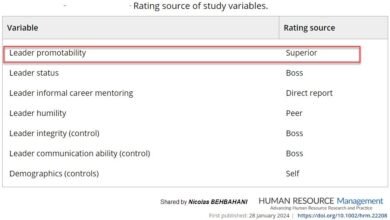Coaching for Change

Source | hbr.org | Richard E. Boyatzis | Melvin Smith | Ellen Van Oosten
Change is hard. Ask anyone who has tried to switch careers, develop a new skill, improve a relationship, or break a bad habit. And yet for most people change will at some point be necessary—a critical step toward fulfilling their potential and achieving their goals, both at work and at home. They will need support with this process. They’ll need a coach.
That’s where you come in. Whether you’re a boss or a colleague, a friend or a spouse, introverted or extroverted, emotional or analytic, or high or low on the totem pole, you can learn how to facilitate life-enhancing change in those around you.
All three of us work as professional coaches to executives in a variety of career stages, functions, industries, and countries. We’ve also spent the past two decades investigating how coaching works and training others to do it. We’ve conducted dozens of longitudinal studies and field experiments to identify evidence-based strategies, and we’re sharing them here to ensure that more people are equipped to help others become their best selves.
In 1970 one of us (Richard) developed a theory of intentional change, which has become canon in psychology and management science. Intentional change involves envisioning the ideal self (who you wish to be and what you want to do in your work and life); exploring the real self (the gaps you need to fill and the strengths that will help you do so); developing a learning agenda (a road map for turning aspirations into reality); and then experimenting and practicing (with new behaviors and roles).
Good coaches help people through this process. Note that we used the word “help,” not “guide,” “lead,” “push,” or “pull.” You’re not there to tell anyone what to do. You’re there to ask good questions and listen intently, to offer compassion, to explore a person’s individual vision, and to build a caring relationship. Your job is to assist someone else with making a change, and how you go about it matters. You’re there to help him or her spot the learning opportunity, set the groundwork, and see things through. This framework will let you support people with challenges that range from very big (I’m unsatisfied in my career) to relatively small (I’d like to interact with others differently). Here’s how it works.
Click here to read the full article






